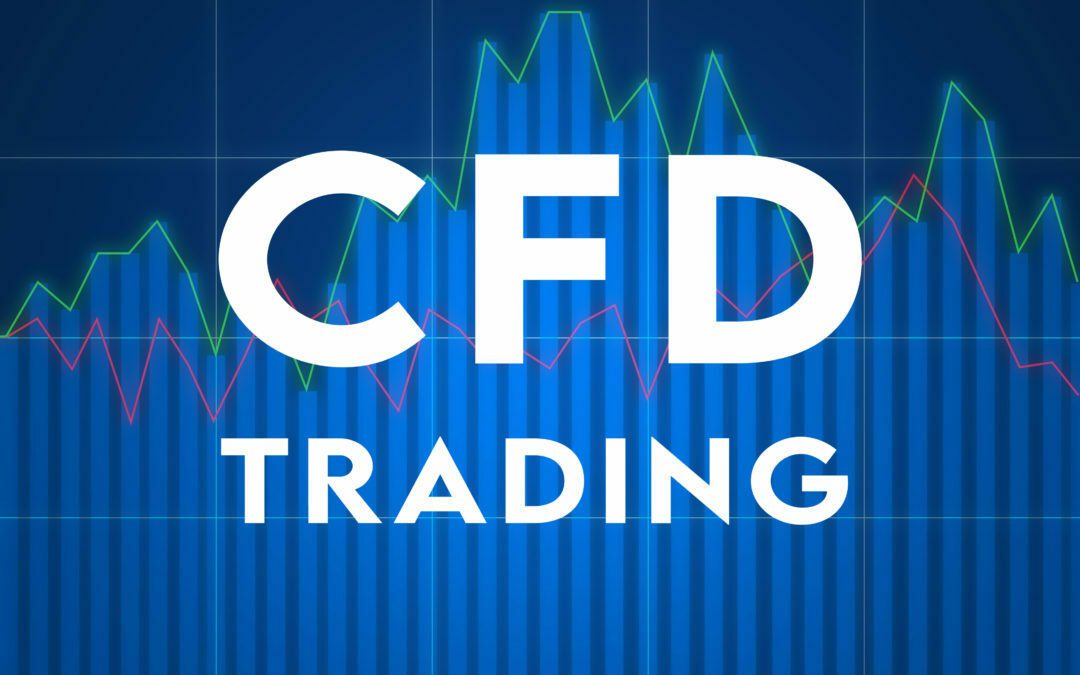Info 1: CFD definition
Info 2: how CFD works
Info 3: CFD vs derivatives
Info 4: example for CFD
Quick pick:
Contracts that are used to trade on the difference of any kind of public securities in the public market are known as contracts for difference or CFD.
Opening information:
CFD stands for three words C, F, and D. Each Word C stands for contract, F stands for “FOR” and D stands for difference. CFD stands for “contract for difference”.
This article provided information about what is a CFD, how the CFD works and involved in the public market, and what is the difference between the CFD and derivatives, finally one brief example about the CFD.
Info 1: CFD definition
Mr.Hakkim has been running the brokerage business by offering customers to trade public Securities for more than 12 years.
However he offers three kinds of public Securities, one is a stock that helps people to trade the equities ownership of shares, the second is commodities future that helps to trade with a contract to purchase at a future price, and the third security is a simple contract that helps trade on the difference on the price behavior of materialistic securities.
Among these three kinds of public securities, the contract that offers to trade on the difference of price without any rights for purchasing or buying the materialistic securities like stock, or commodities at the end of the contract is named a contract for difference or simply a (CFD)
Because a contract for difference is a type of security that is not allowed in some countries to trade as a contract, when the trade doesn’t happen with the contract it’s never included in the section of the contract for difference trading.
The CFD is used for multiple amounts of securities so let’s dive into how this CFD works and is involved in the public market all over the world.
Info 2: how CFD works
CFD doesn’t represent any of the specific things or objects instead it’s a contract that takes place above any kind of Securities with the agreement.
However this Involves two persons one is a CFD provider which means a contract provider and the other person is a contract purchaser (CFD) which is a client or trader or investor.
That contract agreement is a deal to exchange the contract for money with back back-end value of any kind of public securities. That public securities could be anything from stock to forex Currencies.
Once the contract (CFD) is purchased from the (CFD) contract provider at any specified amount of used security, the contract (CFD) purchaser would have full authority to hold such (CFD) contract as much as possible.
So whenever the contract (CFD) provider decides to sell the holding
(CFD) contract, he or she could able to the sold at Current market price using back-end public security trading price.
Therefore the profits on the CFD for the CFD traders is the difference between the purchase purchased and sold price. If its contract (CFD) is sold at a loss the difference in purchasing and sold is a loss.
Were such difference in the profits and losses from the purchase of the contract (CFD) is what named that contract as a contract for difference or CFD.
Moreover, this contract for difference (CFD) would be used on any kind of Securities but mostly this CFD would be offered for the commodities and forex Currencies.
This CFD is not offered and allowed in the country of United States of America, and this trade by the over-the-counter market is not allowed in the general secondary stock exchange.
Most people Confuse CFD and its derivatives, so let’s jump into the key difference in any way.
Info 3: CFD vs derivatives
The CFD is the one that refers to the contract for difference, which is not to trade the real securities but to trade on the price behavior.
On the other side, the derivatives refer to the different kinds of contracts such as options and futures to trade on real security at the end of the contract.
So the key difference between the CFD and derivatives is CFD is part of the derivatives in the public market, to make more sense of the contract for difference (CFD) let’s see one brief example below.
Info 4: Example for CFD
Say you and your brother are traders who trade distinct kinds of public securities. Among the two of you, your brother had to take a necessary risk and invest in the individual equities shares.
And you don’t trade the equities shares instead you trade using the contract with back-end equities piece difference for almost more than 8 years. Here you are the one who came in the section of trading contract of difference or CFD. When your brother also trades using the contract offered by any firm or broker, he would also come in the category of CFD.

